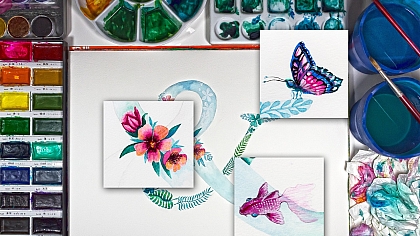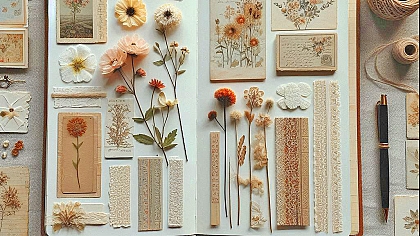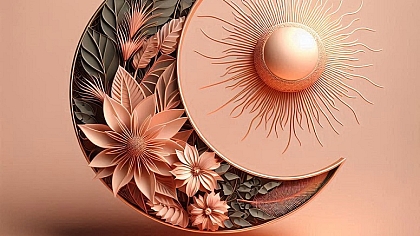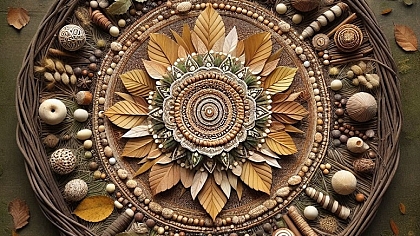
How to Become a Pro at Pencil Art: Step by Step Guide
When you first start drawing pencil art, it can seem like a daunting task. Until now, only the most skilled and talented artists have been able to get things right on their very first attempt. Well, there is a way that makes it so anybody can take on this beautiful art form.
You can learn how to draw your masterpiece in just minutes! Let’s start this guide with some of the basic techniques you need to know about before giving it another go.
However, NFTs are the new hot trend in the art world, and they’re not just for artists. Everyone can get in on the action. Many people use NFT art in the market with over $1 billion worth of NFTs being sold in 2018. The majority of these sales have been made on platforms like ArtExchange and Vast.
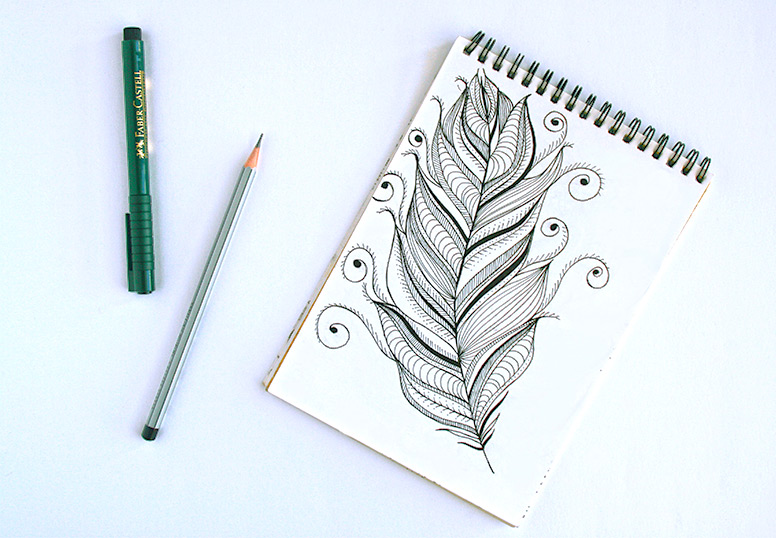
It’s also a great way to relax and decompress from the pressures of daily life. Pencil art is simple. You just need a pencil, paper, and some imagination. You can make any kind of art you want with pencils, but there are certain techniques you should learn before you begin.
Step 1: Start with Sketches
You can use any kind of paper, but you should choose something white and smooth. We recommend using Moleskine paper. It’s not expensive and it works well for pencil sketches.
Step 2: Get Some Good Pencils
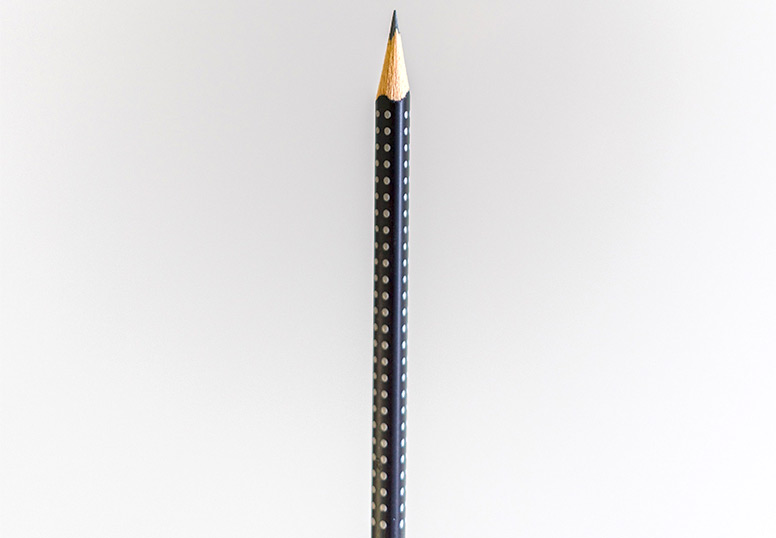
Choose from a variety of drawing pencils. You need the entire spectrum of b’s and h’s. Kimberly is the brand suggestion. Get a paper blender and a few no-wood blenders as well. Some of them just use a yellow, no. 2 around 80% of the time. But as you go, you also want a little variety in terms of smoothness and toughness.
Step 3: Selecting Paper
Find a sketchbook that fits your needs and preferences. You can choose from different types of sketchbooks such as white paper, coloured paper, softcover books, hardcover books, and more. However, picking your paper shouldn’t be that difficult. Just don’t choose something very rough or smooth.
Step 4: Observe Other Artist's Work
Keep a vigilant check on things. Try to view the world through the eyes of an artist. This means that rather than concentrating on the broad picture, pay attention to the seemingly trivial details. Use a focused vision.
Watch how a specific substance reflects light, or how the wrist tilts inward and causes a muscle in the forearm to enlarge. Create an image library. Your sketches will become significantly more realistic as a result.

Step 5: Practice Body Form
One thing you should take into practice is the body form. This means that you have to draw a few basic shapes like the head, torso, hands, and feet.
You can either use a blank sheet of paper or use an existing image as a reference. Try to get it right before you move on to the next step.
Step 6: Do Some Thumbnails
You can also create some thumbnails for your pencil drawings by using simple shapes, such as circles and triangles. This will help you prepare for the next step, which is making rough sketches from these thumbnails.
Make sure that the size of these thumbnails is big enough so that some can use them as references for your final sketches.
Step 7: Make a Rough Sketch

Once you have finished practising body form and done some thumbnails, it is time to make rough sketches from them. You should now start drawing your character’s face with a light-tone pencil or a pen depending on how detailed you want your drawing to be.
It is best if you use markers to draw on top of your pencil work because they offer better control over sharpness levels and colour intensity.
Step 8: Smooth It Out
Your first step to becoming a master pencil artist is to smooth out your lines. This will make your work look more professional, as well as give it a more “finished” look.
If you are using a pencil that is too hard, you may find yourself having to go back over areas multiple times to smooth out the line enough. If you are using a pencil that is too soft, then your lines will be inconsistent and appear rough.
Step 9: Keep Practicing

Pencil art is a skill that can only be developed over time. Practice makes perfect! You can practice by drawing simple shapes like circles or squares and then working on them until they become more complex.
Beginners should start with simple shapes to build muscle memory for this particular art form.
Learn more about pencil art fundamentals, improve your colouring skills and start creating awesome images! And don’t think that because everything looks so simple with pencils it’s something any can do.
A lot of time and practice is required to create stunning sketches, meaning you shouldn’t put off learning this art any longer.
